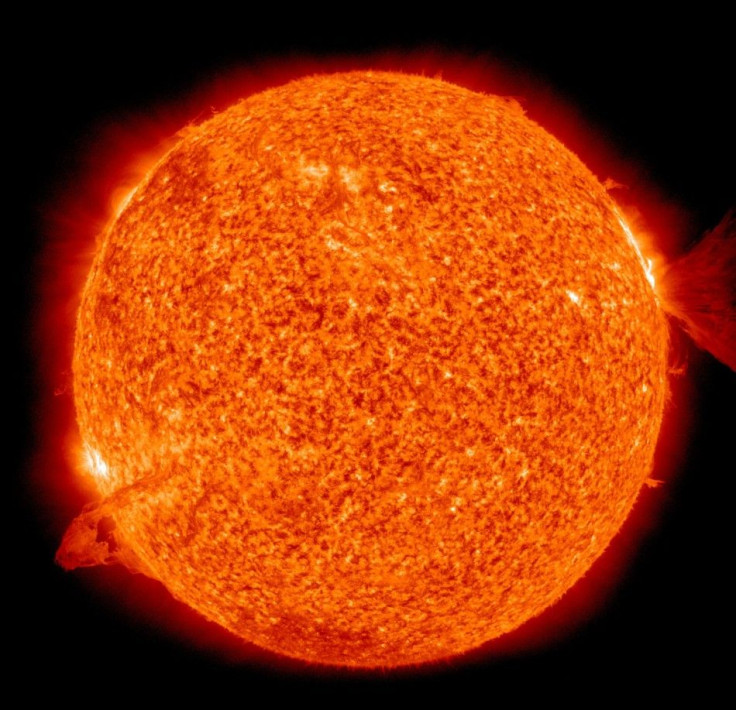Solar Activity Drop: Will It Lead to Little Ice Age II?

Studies announced at the American Astronomical Society suggested that solar activity will enter into a prolonged period of lull.
The big question is this: will it lead to lower temperatures, similar to Europe’s Little Ice Age from 1550 to 1850?
IBTimes asked Dr. Brian Tinsley of the University of Texas at Dallas, an expert on the effects of solar variability on climate, to weigh in.
First, Tinsley said nothing is definitive.
There only are signs that indicate the prolonged lull in solar activity. If the lull indeed materializes, history (namely the Little Ice Age) suggests that Europe will have a cold spell.
However, Tinsley said any cooling will probably not be as bad as it was 300 years ago because of today’s greenhouse gas buildup in the earth’s atmosphere.
If the current lull’s impact is a repeat of what happened in the Little Ice Age, the cold spell will be concentrated in Europe only.
Why is that so?
Tinsley said the lull in solar activity slows the Atlantic Ocean winds coming to continental Europe and makes more room for the Arctic Circle winds coming to continental Europe.
The Atlantic winds are relatively warm and moist. The moisture forms clouds, which acts as a greenhouse to trap in warmth. Contrastingly, those from the Arctic Circle are cold and dry.
Tinsley said there are two theories – relating to the two impact of a lull in solar activity, namely less ultraviolet light and less solar discharges – that likely explain why the lull in solar activity slows the Atlantic Ocean winds coming to Europe.
One theory is that less ultraviolet light from the sun changes the northern hemisphere’s jet stream and surface winds.
Another theory is that less solar discharges from the sun allows more cosmic rays to come in, which changes the conductivity of the atmosphere and the way storms develop in the Northern Atlantic Ocean.
© Copyright IBTimes 2024. All rights reserved.





















